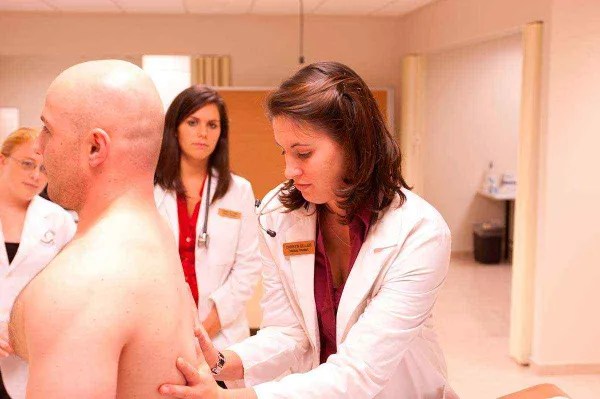
Saba Curriculum: Organ Systems-based and Interactive
Get insights in how Saba changed learning strategies to better prepare students for a medical world.
Students at medical schools in the U.S. and Canada have traditionally followed a curriculum that involves two years of classroom learning followed by two years of clinical exposure. It’s a curriculum based on a legendary 1910 study known as The Flexner Report.
Now, for the first time in over a century, that curriculum is undergoing a major overhaul. A wide range of medical schools, including Saba, have changed their learning strategies to better prepare students for a medical world that is more patient-centered and focused on achieving measureable outcomes.
According to Dr. James Bruzik, Associate Dean for Medical Education who spearheaded the curriculum update at Saba, the new approaches are taking place on several levels:
Organ, systems-based approach: At Saba, basic sciences and clinical studies are now being taught in an integrated, organ-systems-based approach. That means (for example) when you’re learning about a developmental abnormality in a specific organ you also study the anatomy, genetic background and pharmacological approaches to treating it—all in one, integrated learning module.
Early exposure to clinical experiences: Students are exposed to clinical experiences from the very start. In the first week of classes at Saba, you may be learning about the basics of the cell and then attending a class where you’re doing role-play exercises or taking an oral assessment on how well you’re able to communicate with patients and medical colleagues.
Active learning: There is a great emphasis on active learning and classroom interaction. Saba has “flipped classrooms” designed for small group interactive learning and also incorporates much more in terms of ongoing formative assessment: in an ungraded format, students get the opportunity to take tests and see where they stand.
Research: Because so much of medical practice today requires the ability to evaluate medical literature and advise patients on the latest developments, students at Saba complete a research project involving an in-depth review of medical literature on a specific topic. For many students, this research became a key asset in getting selected for a top residency. Several Saba students have had their research papers published in medical journals.
Medical education is changing. As a leader in international medical education, Saba is committed to being at the forefront of these changes. Learn more about the Saba curriculum, including an interview with Saba administrators and deans, at https://www.saba.edu/academics/programs/

For prospective students
Saba is committed to supporting prospective students with any questions or queries throughout the application process. Please see the following links for detailed information about each topic:
If the information you are seeking is not provided here, please get in contact by contacting via WhatsApp here.
Get in touch for more information